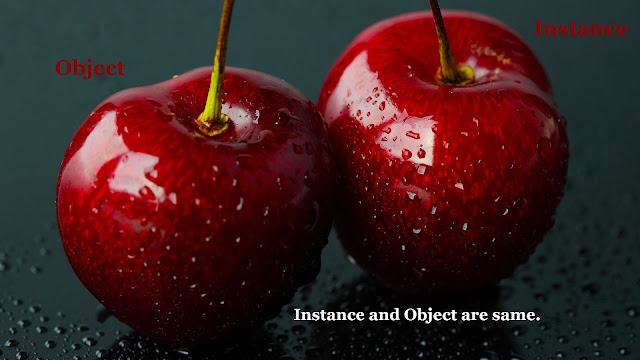jQuery is a small,
light-weight and fast JavaScript library. It is cross-platform and supports
different types of browsers. It is very useful for data manipulation.
- jQuery is a small, fast and
lightweight JavaScript library.
- jQuery is platform-independent.
- jQuery means "write less do
more".
- jQuery simplifies AJAX call and
DOM manipulation.
jQuery features:
- HTML manipulation
- DOM manipulation
- DOM element selection
- CSS manipulation
- Effects and Animations
- Utilities
- AJAX
- HTML event methods
- JSON Parsing
- Extensibility through plug-in
To starts with,
- A $ sign to define/access jQuery
- A (selector) to "query
(or find)" HTML elements
- A jQuery action() to
be performed on the element(s)
jQuery Syntax:
The jQuery syntax is
tailor-made for selecting HTML elements and performing some action on the
element(s).
Basic syntax is: $(selector).action()
Examples:
$(this).hide() - hides the
current element.
$("p").hide() -
hides all elements.
$(".test").hide()
- hides all elements with class="test".
$("#test").hide()
- hides the element with id="test".


